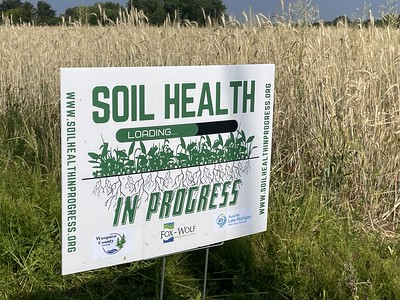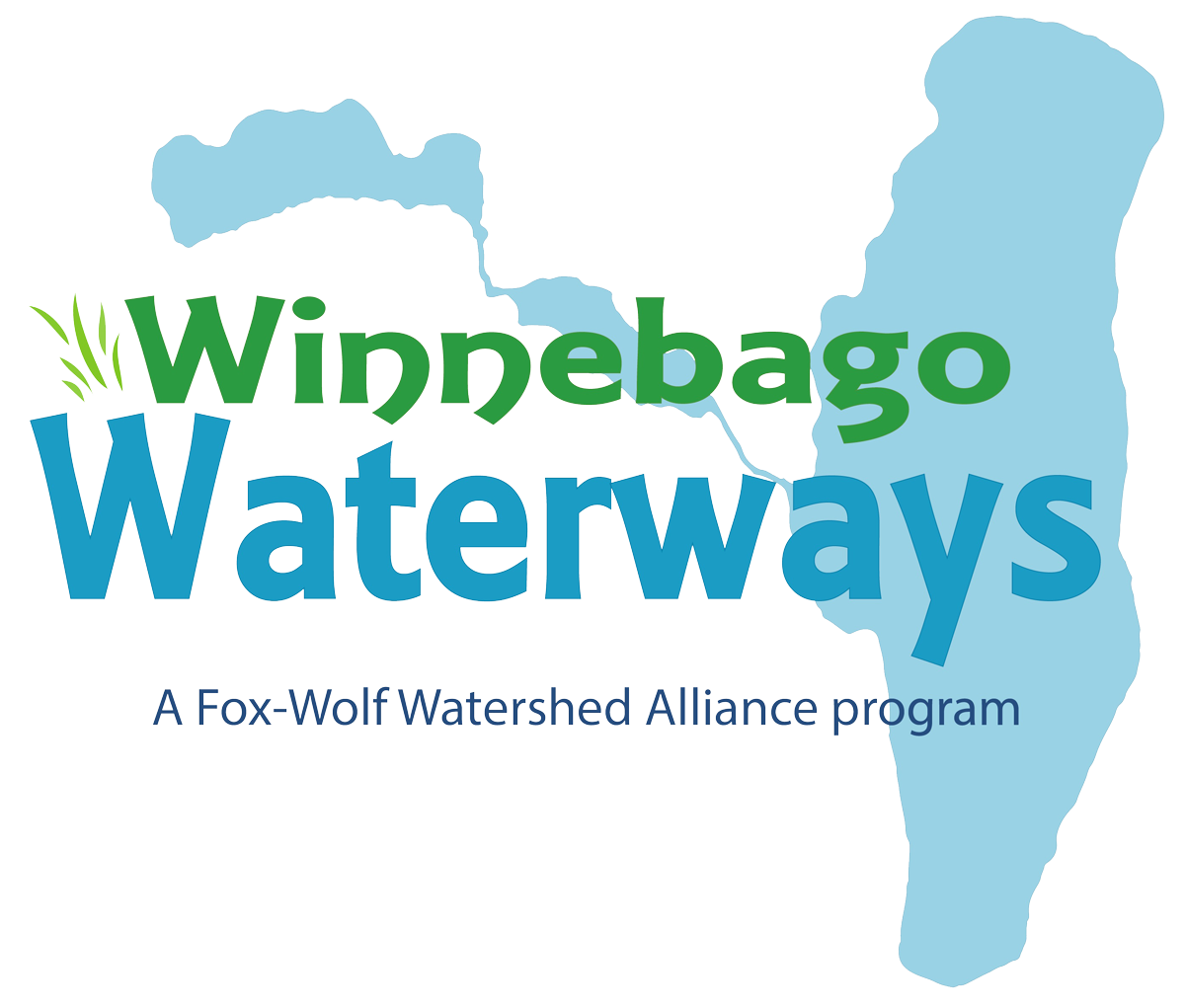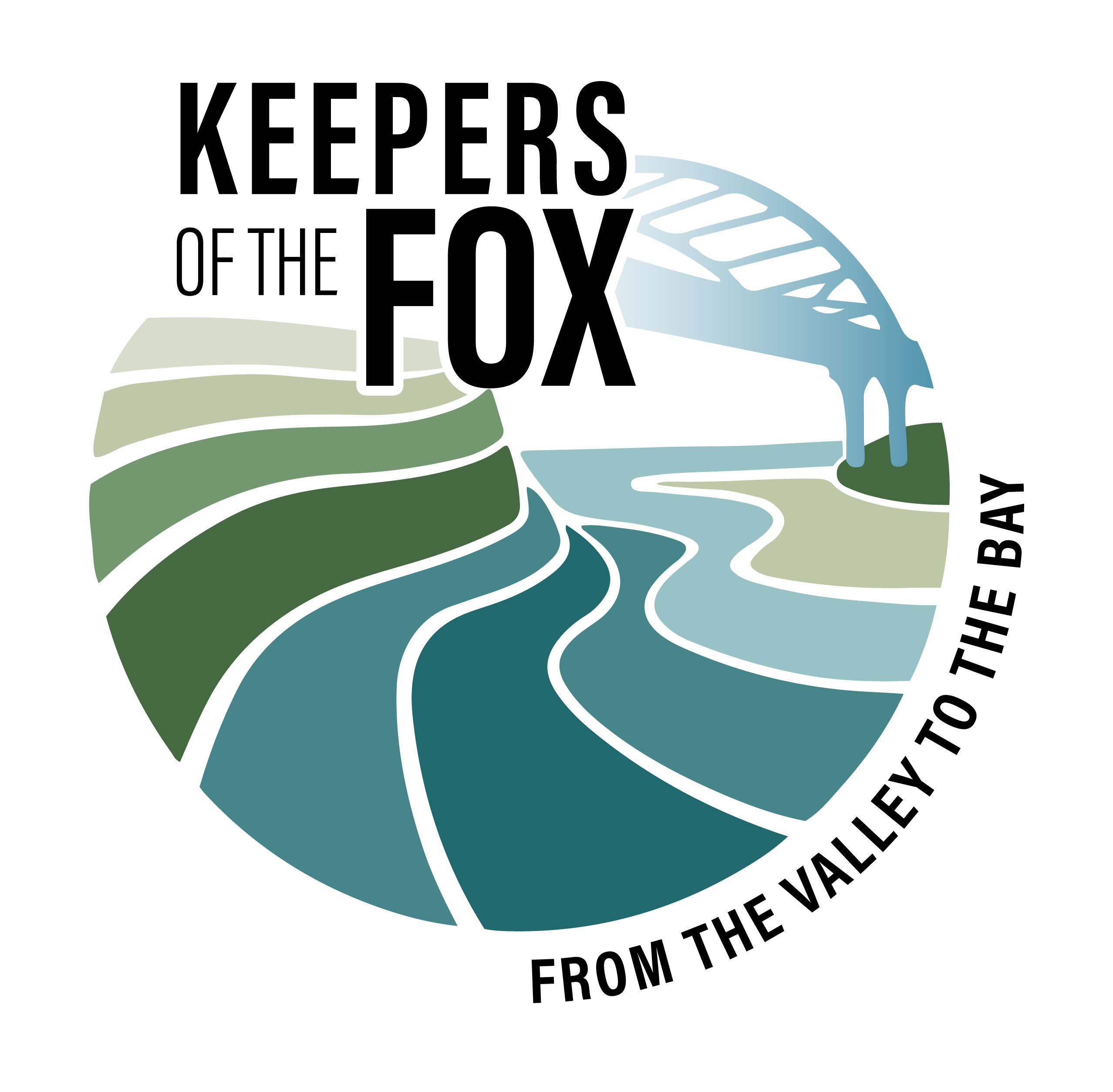Billboard Campaign Educates on Cover Crops
This fall, travelers along the Highway 41 cooridor in Brown County were greeted with a conservation message flashing on digital billboards along their route:

At Fox-Wolf, we’re invested in making impacts to water quality from all sources – residential, commercial, municipal, and agricultural. We partner with people and organizations from across all these sources to reduce the amount of the phosphorus and sediment that’s delivered to our local waters and downstream through the Fox River and into the bay of Green Bay. Collectively, these impacts lessen the “green” (algae) in Green Bay.
That’s why education and outreach is key! Each of us has an opportunity to contribute in our own way. By sharing how our local farmers are investing in water quality by adopting conservation practices, our communities can see how agriculture is doing its part as well.
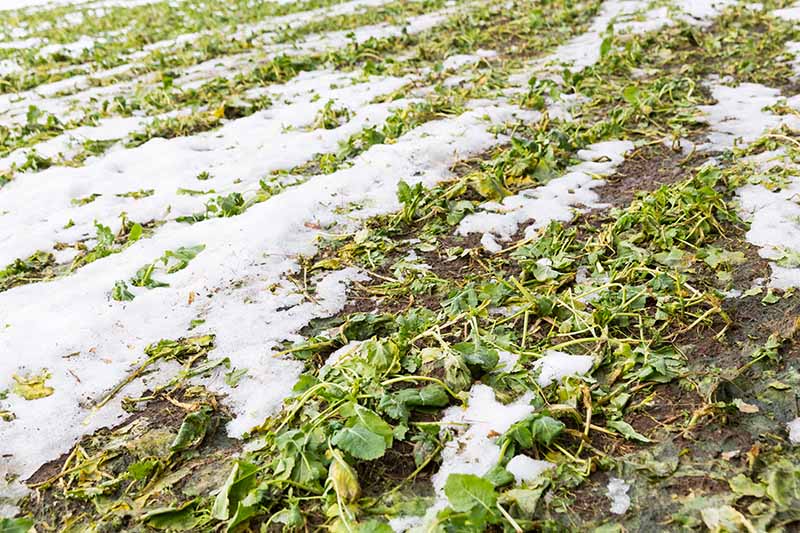
Cover crops planted in the fall keep soil in place throughout the winter
Cover Crops Keep Fields Green in the Fall and Water Blue in the Spring
As you drive by the many agricultural fields in the greater Fox Cities area, you may notice a variety of colors peeking out from the snow. Some fields are still have green bits of vegetation, some have bits of corn stalks left poking from the ground, and some are bare soil. In traditional farming, after the fall harvest of row crops, such as corn or soybeans, the soil surface of a field will be left bare until the next crop is planted and a new plant canopy is established. Here in Wisconsin, that next planting may be 5-7 months away. That’s a long time for the bare soil to be vulnerable to erosion caused by rainfall, snowmelt, or wind. For that reason, conservation-minded farmers utilize cover crops to have vegetation established and growing in the fall months and remain in place during the winter.
In the spring, cover crops are terminated and left on the surface as residue for conservation tillage or are incorporated into the soil. Properly planned and executed, cover crops will protect soil during this vulnerable period. This topsoil is full of nutrients such as phosphorous and nitrogen, so by keeping soil in place, these nutrients are kept on the land where they benefit crops and prevented from running into waterways where they contribute to degraded water conditions and algal blooms. Keeping soil in place also keeps pesticides, herbicides, and manure out of nearby streams, rivers, and lakes.
Cover crops do more than just improve water quality. As a benefit to the farmer, cover crops can also:
- Slow runoff from rainfall and snowmelt, reducing soil loss due to erosion
- Increase soil organic matter, leading to improvements in soil structure that benefits plant growth
- Increase soil quality by improving the biological, chemical, and physical soil properties
- Store nutrients from manure until the following years’ crop can utilize them
- Reduce or mitigate soil compaction as deep tap roots are able to grow in fall and spring
- Provide a natural means of suppressing soil diseases and pests and serve as a mulch to assist in suppressing weeds
- Provide high-quality material for grazing livestockand can provide food and habitat for wildlife, beneficial insects, and pollinators
Thank you conservation farmers!
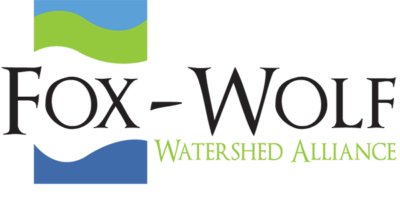
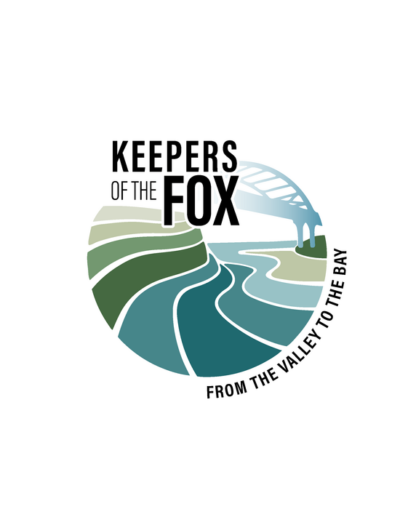
The post Billboard Campaign Educates on Cover Crops appeared first on Fox-Wolf Watershed Alliance.
Fox-Wolf Watershed Alliance
https://fwwa.org/2024/01/26/kof_billboard/?utm_source=rss&utm_medium=rss&utm_campaign=kof_billboard

